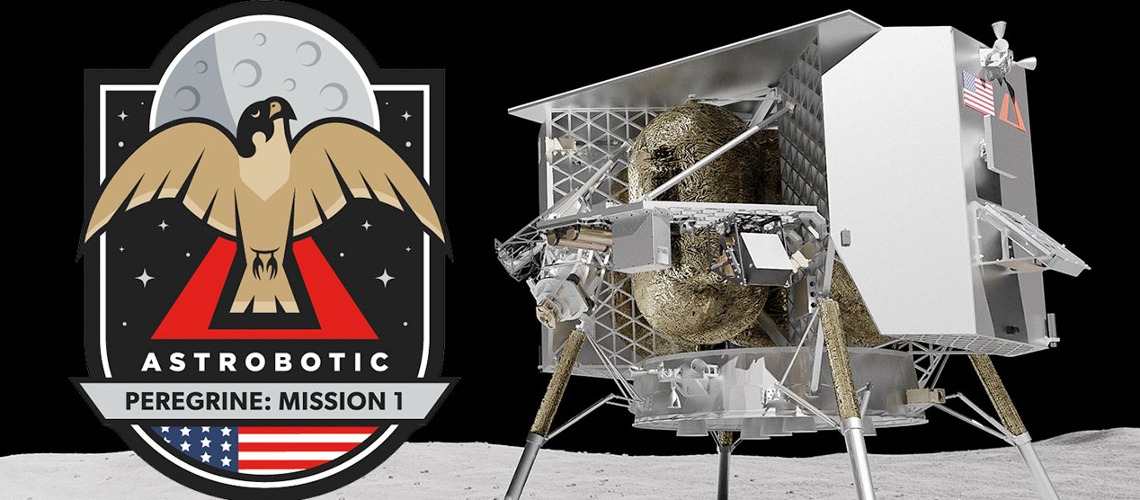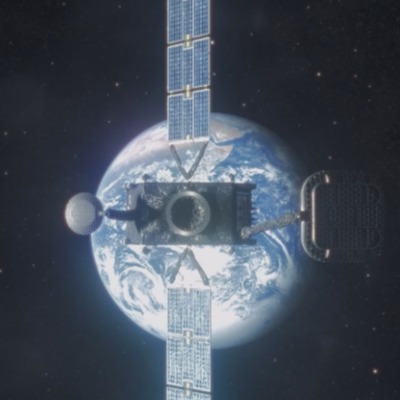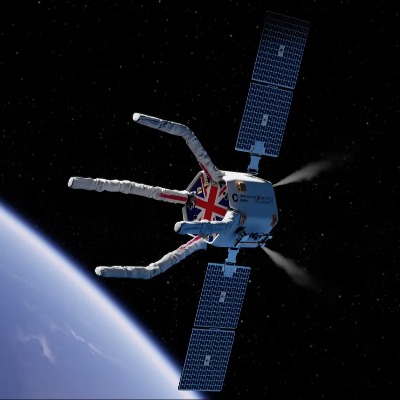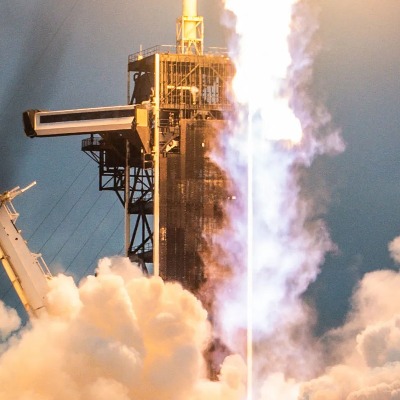Moonshot Ready: Peregrine Lander Awaits January Launch Atop New Vulcan Rocket

Anticipation hangs thick in the Florida air as Astrobotic's Peregrine lunar lander sits perched atop the powerful Vulcan Centaur rocket, primed for its historic launch to the Moon on January 8, 2024. This mission marks not only the debut flight of the ULA Vulcan rocket, but also potentially the first private landing on the lunar surface, heralding a new era in space exploration.
The Peregrine lander, a shining metal contraption packed with scientific instruments and payloads, represents years of meticulous engineering and collaboration. It aims to touch down on the lunar surface on February 23rd, delivering a diverse cargo, including NASA-funded scientific instruments, a Carnegie Mellon University-built lunar rover, and commercial payloads from around the world.
This mission rides on the back of the much-anticipated Vulcan Centaur rocket, a behemoth built to compete with SpaceX's Falcon 9. Its maiden flight carries immense significance, symbolizing ULA's evolution and marking a potential new chapter in the commercial space launch market.
While excitement abounds, the path to the launchpad hasn't been smooth. Initial plans aimed for a December launch, but a minor technicality during a wet dress rehearsal pushed the timetable back. Nevertheless, meticulous pre-launch checks and integrations have been completed, paving the way for a January liftoff.
The potential for a private lunar landing adds an extra layer of thrill to the mission. If successful, Peregrine will join the ranks of only a handful of spacecraft to touch down on the Moon, establishing Astrobotic and ULA as frontrunners in the new lunar race.
However, challenges remain. The lunar landing is notoriously unforgiving, and both Peregrine and Vulcan will face a complex sequence of maneuvers to successfully reach their destination. Eyes around the world will be glued to livestreams as the journey unfolds, holding their breath for the iconic moment of touchdown.
Beyond the technological feat, the Peregrine mission carries scientific promise. Its payloads will study lunar geology, search for water ice, and test technologies crucial for future human exploration. The data gathered could unlock new insights into the Moon's history and pave the way for establishing a sustainable lunar presence.
The Peregrine Lander precisely and safely delivers payloads to lunar orbit and the lunar surface. Payloads can be mounted above or below the decks, inside or outside of enclosures, and can remain attached or deployed according to their needs.
Peregrine’s avionics achieve terrestrial computing speed with high reliability. Rugged, radiation-tolerant computing enables autonomous landing and safety in the demanding space environment.
Peregrine’s structure is stout, stiff, and simple, allowing for easy payload integration. The configurable decks and enclosures accommodate payload-unique mounting and placement. Rover missions release from the underside of the deck, while BUS elements are housed inside the enclosures. Four legs absorb shock and stabilize Peregrine on touchdown.
Peregrine’s interface options accommodate a wide range of payload types on a single mission from companies, government, universities, non-profits, and individuals.
Peregrine uses a propulsion system featuring next generation space engine technology. Its five main engines perform all of the spacecraft’s major maneuvers, including trans-lunar injection, trajectory correction, lunar orbit insertion, and powered descent. Four clusters of attitude control thrusters maintain lander orientation throughout the mission.
Peregrine uses a high-powered, flight heritage transponder and a combination of low and medium gain antennas to relay data between the payload customer and their payload throughout the mission. The lander-payload connection is provided via Serial RS-422 or SpaceWire for wired communications and a WLAN modem for wireless communications with deployed payloads such as rovers.
Peregrine provides 28 volt operational and heater power to payloads throughout the mission. It uses a panel of triple-junction solar cells to generate power and a space-grade lithium-ion battery to store energy. The solar panel is pointed towards the Sun whenever possible to provide continuous power generation, while the battery is utilized when the Sun is not visible or for quick discharge activities.
Peregrine’s GNC system uses heritage algorithms enhanced by recent developments in machine vision navigation. Off-the-shelf sensors and standard techniques provide reliability during cruise and lunar orbit, while Doppler LiDAR and Astrobotic’s proprietary terrain relative navigation (TRN) provide unprecedented precision during descent and landing. A scanning LiDAR can also be added to detect and avoid slopes, rocks, craters, and other hazards during landing.
As the launch date approaches, a palpable energy courses through the spaceport. Teams work tirelessly, fueled by ambition and the prospect of witnessing history in the making. The Peregrine mission embodies the spirit of human exploration, pushing the boundaries of technology and knowledge in a race for the stars. Only time will tell if the launch and landing will be smooth, but one thing is certain: the world will be watching with bated breath as Peregrine makes its daring leap to the Moon.




